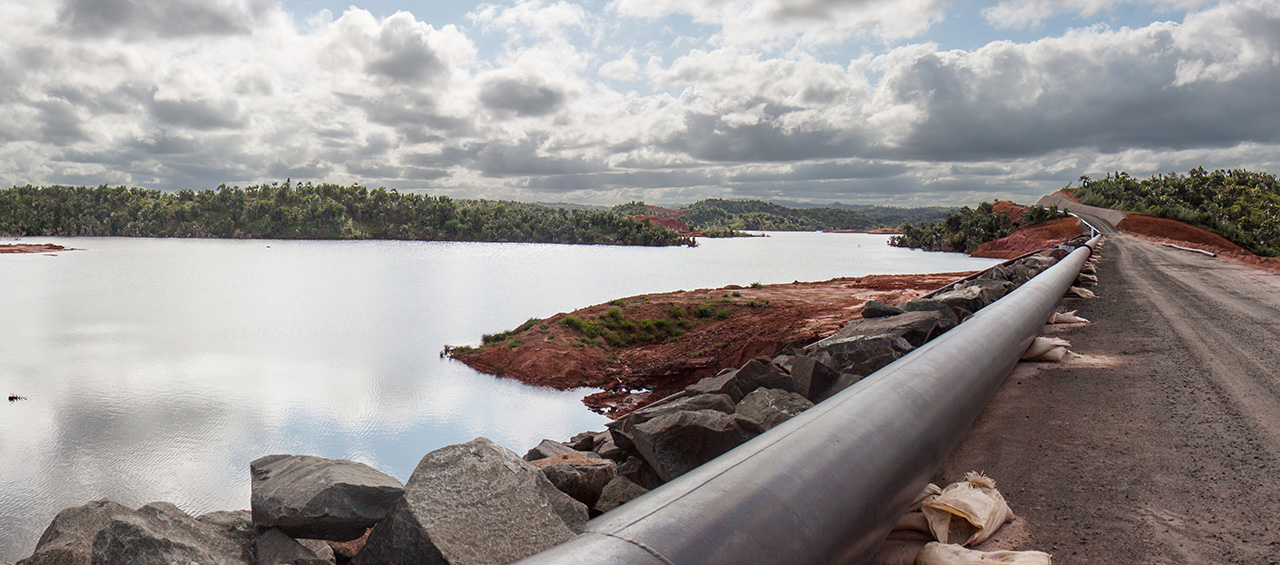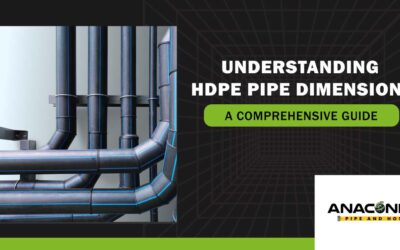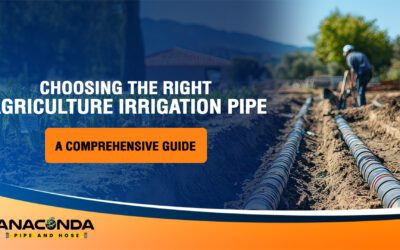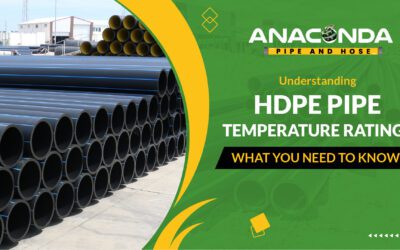In mining operations, managing tailings – the by-products of mineral extraction processes – is a critical aspect of environmental stewardship and operational efficiency. High-Density Polyethylene (HDPE) pipes (which are sometimes referred to in the business as “tailings pipe“)have emerged as a preferred solution for tailings management due to their durability, flexibility, and resistance to corrosion. There are some solid specific applications and advantages of using HDPE pipe for tailings management in mining operations.
1. Tailings Transport
HDPE tailings pipe is utilized for transporting tailings from the processing plant to tailings storage facilities (TSFs) or disposal sites. Tailings slurry, consisting of water and finely ground particles, is pumped through HDPE pipelines over long distances with minimal friction losses. The smooth interior surface of HDPE pipes minimizes turbulence and abrasion, ensuring efficient transport and reducing energy consumption in pumping operations.
2. Tailings Disposal
HDPE pipes play a crucial role in tailings disposal by making up the core of pipelines to route tailings to storage or disposal areas. These pipelines are engineered to withstand the hydraulic pressures exerted by the flowing tailings and the weight of the material during transportation. High-density polyethylene pipe flexibility allows for constructing pipelines with varying alignments, including gradients and curves, to accommodate terrain features and minimize environmental disturbance. What’s more, when used for short-term or impermanent installations, these tailing pipes offer superb flexibility, especially when equipped with quick disconnect fittings such as Bauer fittings.
3. Tailings Storage Facilities (TSFs)
HDPE geomembranes are commonly used in the construction of TSFs to line containment structures and prevent seepage of tailings into surrounding soil and water sources. HDPE geomembranes provide a impermeable barrier that enhances environmental protection and reduces the risk of contamination. Additionally, HDPE pipes are employed for the construction of perimeter ditches and collection systems within TSFs to manage water runoff and mitigate potential risks.
4. Tailings Reclamation and Rehabilitation
In some mining operations, tailings are deposited in designated areas for reclamation and rehabilitation purposes. HDPE pipes can be used to construct leachate collection systems and convey recovered water for reuse in the mining process or for environmental remediation activities. HDPE’s resistance to corrosion and chemical degradation ensures the long-term integrity of these systems, supporting sustainable tailings management practices.
5. Monitoring and Maintenance
HDPE tailings pipe is equipped with monitoring and control systems to ensure the integrity and performance of tailings management infrastructure. Automated sensors and telemetry devices are installed along the pipeline network to monitor flow rates, pressures, and potential leaks. Regular inspections and maintenance activities, such as cleaning and repair of HDPE pipelines, are conducted to prevent operational disruptions and minimize environmental risks associated with tailings management.
The use of HDPE pipes for tailings management in mining operations offers numerous technical advantages, including efficient transport, reliable containment, and environmental protection. HDPE’s durability, flexibility, and resistance to corrosion make it an ideal choice for constructing pipelines, containment structures, and collection systems within TSFs. By adopting HDPE tailings pipe for tailings management, mining operators can enhance operational efficiency, minimize environmental impact, and ensure compliance with regulatory requirements.
Tailings Management Best Practices
Tailings management is a critical aspect of mining operations, involving the safe and responsible handling, storage, and disposal of waste materials generated during the mineral extraction process. Implementing best practices for tailings management is essential to mitigate environmental risks, ensure regulatory compliance, and safeguard surrounding communities.
- Site Selection and Design
The first step in tailings management is selecting appropriate disposal sites and designing tailings storage facilities (TSFs) with careful consideration of geological, hydrological, and environmental factors. Ideal sites should have stable geological formations, adequate capacity for long-term storage, and minimal impact on sensitive ecosystems or water sources. TSFs should be engineered with proper liners, berms, and drainage systems to prevent seepage and minimize the risk of tailings containment failures.
- Tailings Dewatering and Thickening
Dewatering and thickening processes are employed to reduce the moisture content and increase the density of tailings before disposal. Mechanical methods such as centrifugation, filtration, and gravity settling are commonly used to separate water from tailings solids. By dewatering and thickening tailings, the volume of material to be stored is reduced, leading to more efficient storage and transport operations.
- Tailings Transport and Conveyance
Transporting tailings from the processing plant to TSFs requires careful planning and consideration of logistics, terrain, and infrastructure. High-Density Polyethylene (HDPE) pipes are often preferred for tailings transport due to their durability, flexibility, and resistance to corrosion. Properly designed pipelines with adequate capacity and monitoring systems ensure efficient and reliable conveyance of tailings over long distances with minimal environmental impact.
- Tailings Deposition and Storage
Once transported, tailings are deposited and stored in TSFs according to engineered designs and operational plans. TSFs should be constructed with impermeable liners, compacted embankments, and monitoring systems to prevent seepage and detect potential issues such as slope instability or water infiltration. Regular inspections, geotechnical assessments, and dam safety audits are conducted to ensure the integrity and stability of TSFs throughout their lifecycle.
- Water Management and Treatment
Water management is an integral part of tailings management, involving the collection, treatment, and reuse of process water and rainwater within mining operations. Tailings containment systems are equipped with collection ponds, diversion channels, and treatment facilities to manage water runoff and minimize discharge of contaminants into surrounding water bodies. Advanced treatment technologies such as filtration, sedimentation, and chemical precipitation are utilized to remove solids and pollutants from water before discharge or reuse.
- Closure and Rehabilitation
As mining operations reach the end of their lifecycle, proper closure and rehabilitation of TSFs are essential to restore impacted land and minimize long-term environmental liabilities. Closure plans include measures such as regrading, covering, and revegetating TSFs to stabilize surfaces, promote natural habitat restoration, and prevent erosion. Post-closure monitoring and maintenance programs are implemented to ensure the continued effectiveness of rehabilitation efforts and compliance with regulatory requirements.






0 Comments